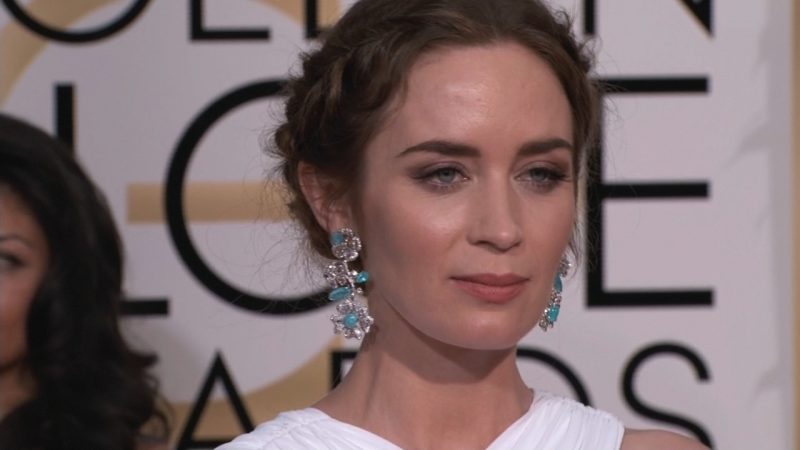For strangers to the bestseller on which “The Girl on the Train” is based, seeing the movie might prompt them to wonder what all the fuss is about. The film version is a solid if unspectacular thriller, one that hinges on a time-bending whodunit that’s twisty, to be sure, but whose payoff falls well short of the ride getting there.
Comparisons to “Gone Girl” are inevitable, strictly in the tone and literary underpinnings. Yet the movie’s strong streak of voyeurism — a woman who peers longingly at the lives of others as filtered through her window seat — owes a significant debt to Alfred Hitchcock in general, and “Rear Window” in particular.
Not that “The Girl on the Train,” adapted from Paula Hawkins’s book by Erin Cressida Wilson, and directed by Tate Taylor (“The Help”), measures up to that standard. The movie does boast a strong central performance from Emily Blunt as Rachel, the booze-swilling passenger, and makes a passable attempt at preserving its literary feel through her narration, while tinkering with the story to complete the tricky journey from page to screen.
Rachel rides the train past a house that, to her, is occupied by a couple with the perfect relationship. As a bonus, they happen to reside just a few doors from Rachel’s old house, which her ex-husband (“The Leftovers'” Justin Theroux) shares with the woman for whom he left her, Anna (Rebecca Ferguson), magnifying Rachel’s pain and longing.
“She’s everything I want to be,” Rachel says in voiceover.
Ah, but her through-the-tempered-glass view of events doesn’t provide the whole picture, and when she sees the unknown woman, Megan (Haley Bennett), seemingly canoodling with another man, she’s enraged, so much so that she drunkenly ventures into the neighborhood, experiencing a subsequent blackout regarding her actions.
When Megan goes missing, there’s the question of what Rachel might have done — or seen — a situation exacerbated by her decision to communicate with Megan’s husband (Luke Evans), raising the suspicions of the detective (Allison Janney) assigned the case.
Rachel’s ex describes her as “a sad person,” and she’s certainly that. But the movie undergoes a series of contortions — including a few close-to-silly ones — especially during its later stages as it teases out the mystery and putties in details regarding Megan’s life.
The casting is topnotch (including Lisa Kudrow in what amounts to a fleeting cameo), and the tension-building assets include Danny Elfman’s score. Despite the bigger names, the real breakthrough here could be Bennett, who is also currently featured in “The Magnificent Seven.”
Still, the flashback structure isn’t wholly satisfying, and the climax leaves an abundance of questions, so much so that the movie might have benefited either from taking the time to further flesh those revelations out or stripping them down and running 20 minutes shorter.
On the bright side, trying to make sense of and bridge the gaps in “The Girl on the Train” should at least give moviegoers something to discuss on the ride home. And based on the way the movie unfolds, that’s probably safer, or at least healthier, than idly gazing out the window.
“The Girl on the Train” opens October 7. It’s rated R.
